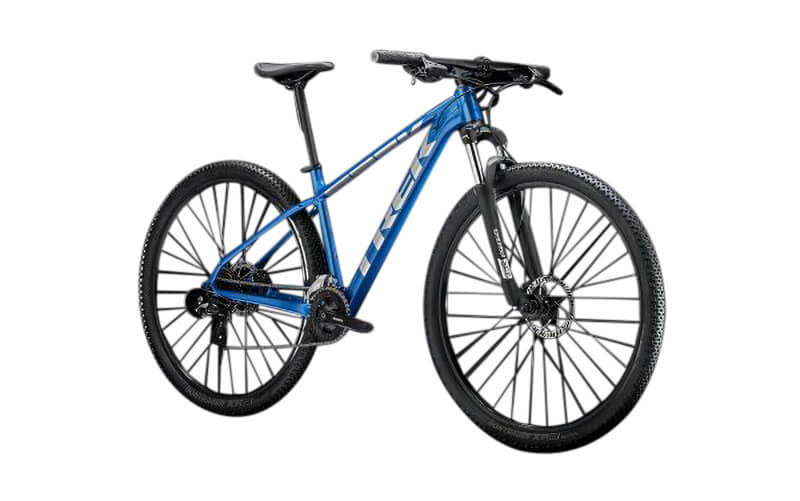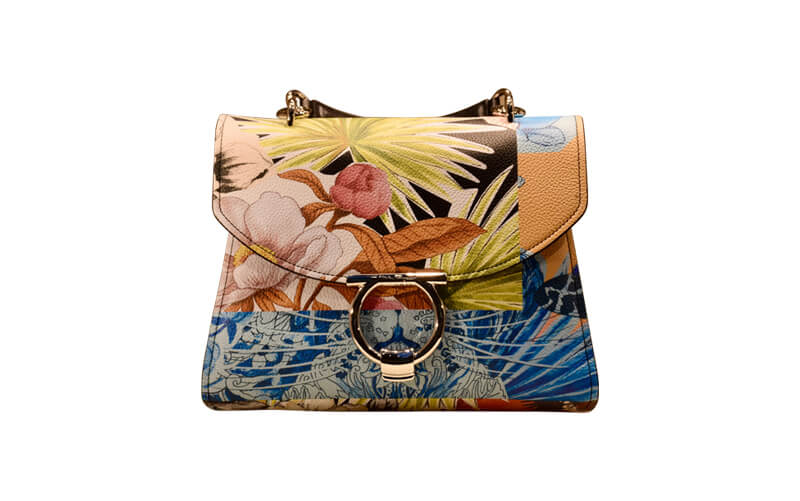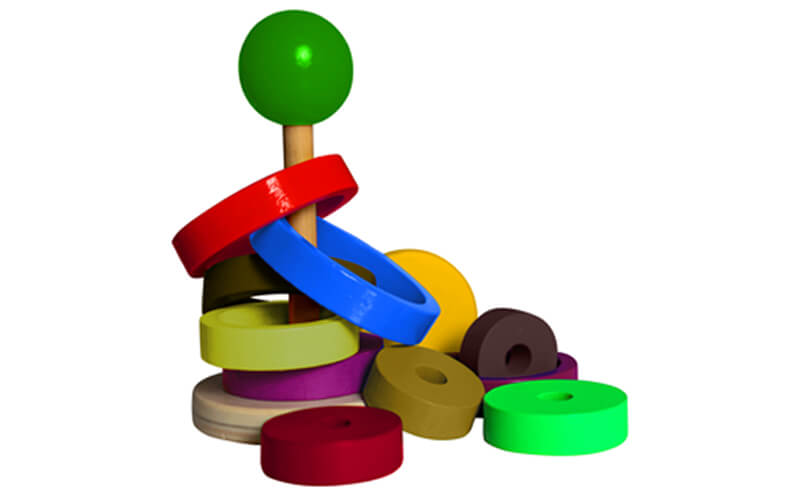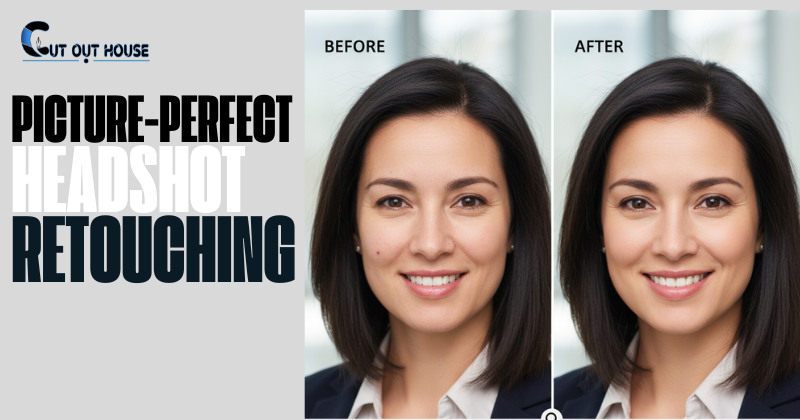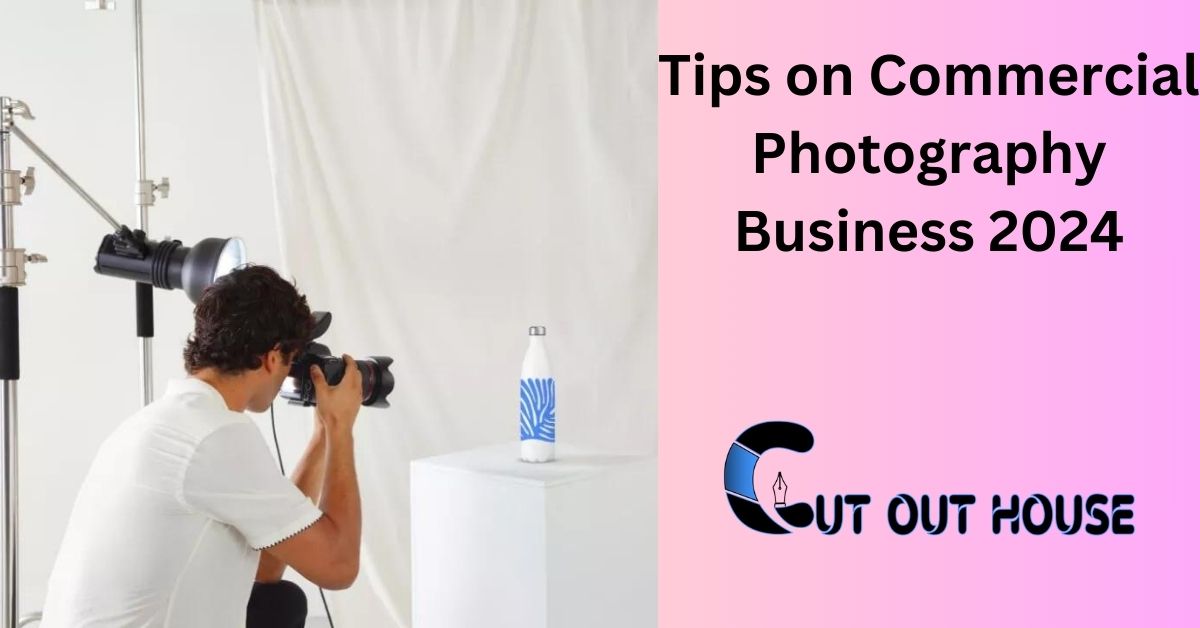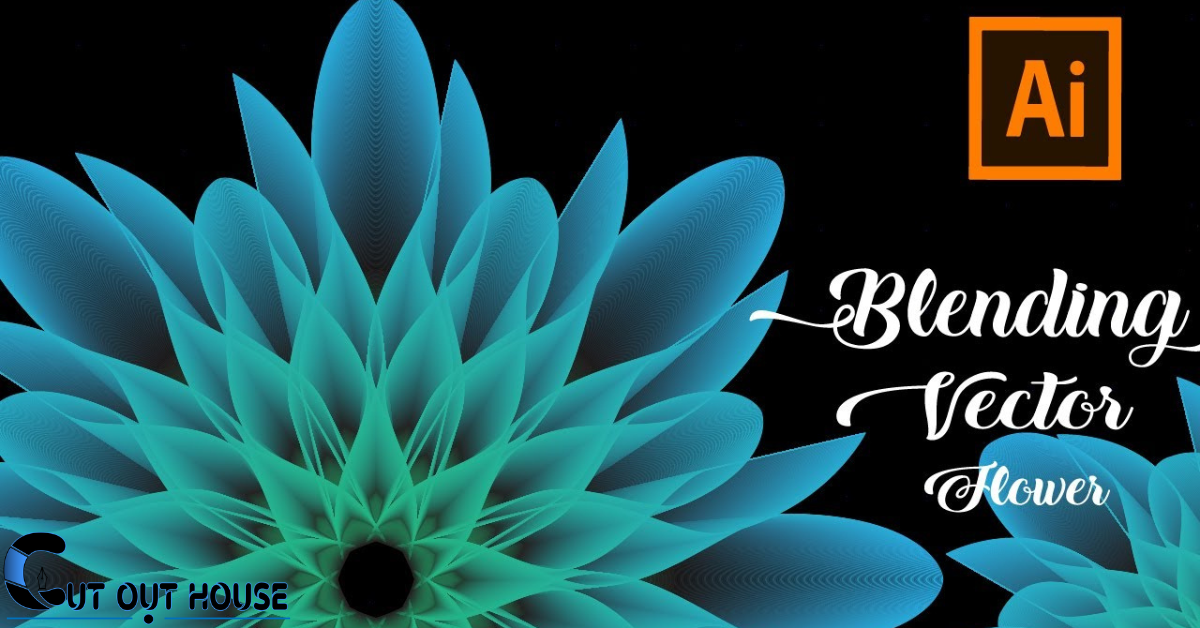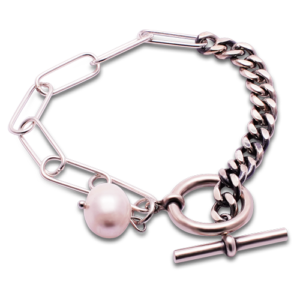Product photography holds immense significance in the world of e-commerce and marketing. It is the visual representation of your product that can either entice or deter potential customers. To accomplish proficient-looking item pictures that reverberate with your crowd and upgrade your deals, you’ll require a mix of skill, techniques, and hardware. In this thorough aid, we’ll investigate the domain of item photography and give you important hints and strategies to raise your abilities.
Essential Equipment
Before we delve into the techniques, it’s essential to assemble the right equipment. While professional studios might employ an array of gear, these are the fundamental tools for top-notch product photography:
- Camera: A digital Single-Lens Reflex (DSLR) or a mirrorless camera is ideal for product photography. These cameras offer manual controls and tradable focal points, empowering you to accomplish predominant adaptability and picture quality.
- Lense: Settle on an excellent focal point with a wide gap (e.g., 50mm f/1.8) to make a shallow profundity of field, bringing about a satisfying foundation obscure, otherwise called bokeh. A large-scale focal point is fundamental for catching perplexing subtleties.
- Tripod: Utilizing a tripod is crucial to maintain a stable camera position, preventing blurry images caused by camera shake.
- Lighting: Lighting plays a pivotal role in product photography. You can opt for natural light, studio lights, or a combination of both. Soft, diffused lighting is the preferred choice as it minimizes harsh shadows and ensures even illumination.
- Background: A clean and uncluttered background is imperative to direct the viewer’s focus towards the product. Options include seamless paper rolls, fabric backdrops, or custom-made surfaces like wood or marble.
- Reflectors and Diffusers: These tools aid in controlling and manipulating light to achieve desired highlights and shadows. Reflectors bounce light onto the product, while diffusers soften and scatter harsh light.
- Product Stands and Props: Depending on the product, you may need stands, mannequins, or props to present it effectively.
Setting Up Your Workspace
Now that you have your equipment ready, let’s prepare your workspace:
- Choose Your Location: Determine whether you’ll be shooting in a studio, at home, or outdoors. Consider factors like available light, space, and convenience.
- Set Up Your Background: Securely position your backdrop behind the product, ensuring it covers the entire frame and remains wrinkle-free.
- Position Your Product: Utilize product stands, mannequins, or props to arrange the product in an appealing manner. Pay attention to angles and orientations that highlight its best features.
- Lighting: Place your lighting sources strategically. For natural light, choose a room with large windows while avoiding direct sunlight. For studio lighting, use softboxes, umbrellas, or diffusers to achieve soft, uniform lighting.
- Camera Settings: Configure your camera to manual mode for full control. Adjust settings such as aperture (for controlling depth of field), shutter speed (to prevent motion blur), and ISO (for sensitivity to light).
Composition and Framing
With your workspace ready, let’s explore composition and framing techniques:
- Rule of Thirds: Divide your frame into thirds both horizontally and vertically, and position the product or key elements along these lines or at their intersections.
- Leading Lines: Utilize lines, whether natural or created with props, to guide the viewer’s eye toward the product.
- Angles: Experiment with various angles to discover the most flattering perspective for your product. Common angles include eye-level, overhead, and 45-degree angles.
- Negative Space: Leave adequate negative space around the product to eliminate clutter and create a visually pleasing composition.
Lighting Techniques
Lighting serves as the cornerstone of product photography. Proficiency in different lighting techniques is essential to achieve the desired aesthetic:
- Soft Lighting: Soft, diffused light minimizes shadows and accentuates the product’s details. Employ softboxes, umbrellas, or diffuse natural light through curtains or white sheets.
- Hard Lighting: Hard lighting imparts strong shadows and highlights, emphasizing texture and form. Achieve this with spotlights or by placing the product closer to the light source.
- Rim Lighting: Position a light source behind the product to create a subtle halo effect, effectively separating it from the background.
- Fill Light: Use reflectors or additional lights to fill in shadows and achieve well-balanced overall lighting.
Camera Techniques
To capture sharp and detailed product images, employ these camera techniques:
- Focus: Opt for manual focus to ensure precision. Concentrate on the most critical part of the product, typically the area with the most intricate details.
- Aperture: Change the gap to control the profundity of the field. More modest openings (higher f-numbers) bring about additional definite foundations, while bigger gaps (lower f-numbers) make the foundation obscure.
- Shutter Speed: Employ a tripod and a remote shutter release to prevent camera shake. Modify the shutter speed as necessary to achieve proper exposure.
- White Balance: Set the correct white balance to ensure accurate colors. This can be done manually or through a custom white balance setting.
Post-Processing
Even with impeccable photography techniques, some post-processing is often required. Consider these post-processing tips:
- Editing Software: Use photo editing software like Adobe Photoshop, Lightroom, or alternative options to enhance your images.
- Color Correction: Adjust colors, contrast, and exposure to ensure the product appears as true to life as possible.
- Retouching: Remove imperfections, dust, and blemishes using retouching tools. Exercise caution to avoid excessive alterations, as minor imperfections can add authenticity.
- Background Removal: If necessary, eliminate the background and replace it with a clean, consistent one.
Consistency Matters
Consistency in your product photography is paramount for building brand identity and gaining trust. Ensure your product images exhibit a consistent look in terms of lighting, background, and style.
Conclusion
Mastering product photography demands a blend of equipment, techniques, and creative ingenuity. By comprehending the principles of lighting, composition, and camera settings, coupled with dedicated post-processing efforts, you can create captivating product images that engage customers, boost sales, and elevate your brand’s online presence. Remember that proficiency comes with practice, so continue refining your skills and perfecting your approach to yield outstanding results in product photography.

